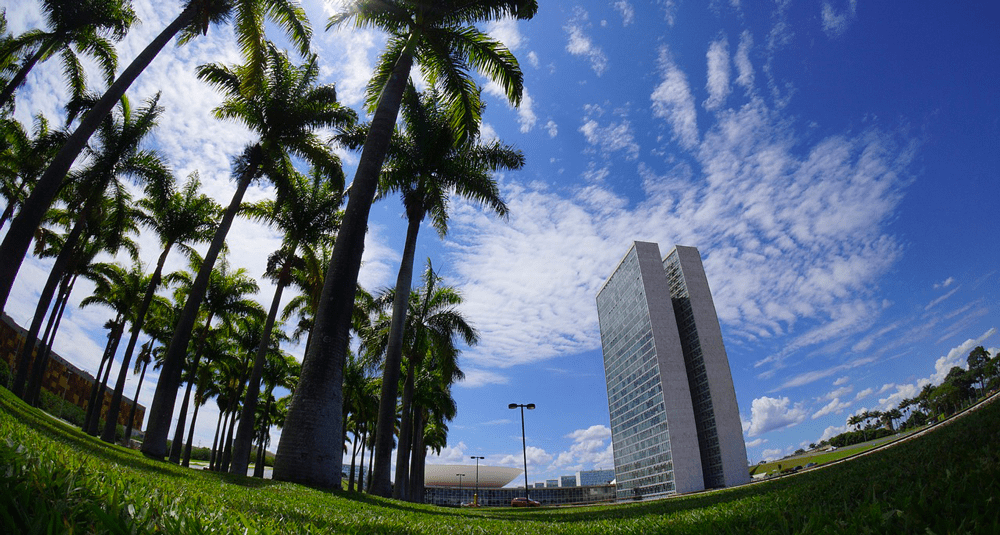What is the capital of Brazil?
Last Updated:
Brasilia, inaugurated on April 21, 1960, is the federal capital of Brazil. This planned city was built in record time to replace Rio de Janeiro as the seat of government, with the aim of promoting development in the interior of the country and better distributing the population over the national territory.
The idea of moving Brazil’s capital inland dates back to the 19th century and was enshrined in the 1891 Constitution, with the aim of reducing the demographic and economic concentration on the coast. However, it wasn’t until the mid-1950s that President Juscelino Kubitschek brought this ambitious project to fruition as part of his Fifty Years of Progress in Five program.
Brasilia’s design was entrusted to urban planner Lúcio Costa and architect Oscar Niemeyer, both influenced by the modernist principles of Le Corbusier. The city’s master plan, often compared to the shape of an airplane or a cross, is built around two main axes, the monumental axis, housing government buildings, and the residential axis, intended for housing areas.
The construction mobilized thousands of workers, known as candangos, from various regions of the country. In just 41 months, an entire city was built on Brazil’s central plateau, some 1,100 metres above sea level, a testament to the determination and commitment of the Brazilian government at the time.
Brasilia is renowned for its avant-garde architecture and innovative urban planning. The emblematic buildings designed by Niemeyer, such as the Alvorada Palace (presidential residence), the National Congress and the Metropolitan Cathedral, stand out for their bold shapes and creative use of reinforced concrete.
The city is divided into specific sectors (residential, commercial, hotel, etc.), reflecting a rigorous functional organization. Superquadras, residential units made up of low-rise buildings surrounded by green spaces, illustrate the desire to create a harmonious living environment integrated with nature.
In 1987, Brasilia was declared a UNESCO World Heritage Site, in recognition of its unique urban plan and outstanding modernist architecture. The city is often cited as a major example of 20th-century urban planning, although its model has given rise to debate as to its adaptability to Brazilian social and cultural realities.
Since its inauguration, Brasilia has experienced rapid demographic growth, exceeding initial forecasts. According to data for 2021, the population of the Brasilia metropolitan area is estimated at over 3 million, making it one of the country’s leading metropolises.
This rapid expansion has brought with it challenges in terms of urban planning, transport and housing, notably with the emergence of unplanned satellite towns to accommodate the surplus population. Local authorities are striving to reconcile preservation of the architectural heritage with the needs of an ever-growing population.
Brasília represents a bold achievement in Brazilian history, symbolizing the country’s desire for modernization and national integration. Its creation redefined the country’s political geography, moving the center of power inland. Today, despite the challenges posed by its growth, Brasilia remains a living testimony to twentieth-century architectural and urban planning innovation.
You may also be interested in
geography

What is the capital of Brazil?
Answer
Brasilia has been Brazil's capital since 1960, succeeding Rio de Janeiro. Located in the center of the country, it symbolizes inland development.